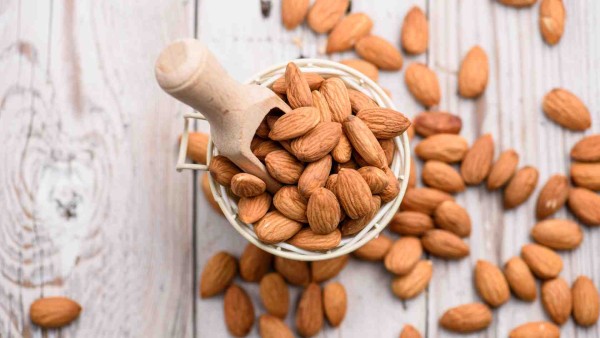Madhya Pradesh, a state renowned for its fertile lands and rich agricultural heritage, presents a golden opportunity for entrepreneurs venturing into the thriving industry of almond processing. With a growing demand for almonds both domestically and internationally, establishing an almond processing plant in this region can be a venture with substantial potential.
Demand Devouring Distance:
India is a significant producer of almonds, and Madhya Pradesh stands out as a major contributor to this production. This abundance of raw material fuels a thriving market for processed almond products, ranging from simple blanched almonds to value-added items like almond flour, almond butter, and almond milk. The growing health consciousness among consumers has also led to a demand for functional almond products, such as low-sugar and high-protein options.
Raw Material Availability and Sources:
Madhya Pradesh boasts a robust almond cultivation sector, with a network of over 0.2 million hectares dedicated to almond farming. Sourcing fresh almonds from these farms is relatively straightforward and can be achieved through direct partnerships with farmers or through aggregators.
Processing Techniques:
An almond processing plant typically involves a series of steps to ensure the safety, quality, and preservation of the almonds. These steps include:
-
Harvesting: Almonds are harvested from trees at the appropriate stage of maturity.
-
Sorting: Almonds are sorted to remove damaged or defective kernels.
-
Blanching: Almonds are blanched to remove their outer skins.
-
Drying: Almonds are dried to reduce moisture content.
-
Cracking: Almonds are cracked to separate the kernels from the shells.
-
Shelling: Almond shells are removed from the kernels.
-
Grading: Almonds are graded based on size, color, and quality.
-
Packing: Almonds are packaged in various containers, such as bags, jars, or cans.
Machinery Requirements:
An almond processing plant requires a range of machinery to handle the various stages of processing. These include:
-
Harvesters: To collect almonds from trees.
-
Sorters: To separate damaged or defective kernels.
-
Blanchers: To blanch almonds and remove their outer skins.
-
Driers: To dry almonds to reduce moisture content.
-
Crackers: To crack almonds and separate the kernels from the shells.
-
Shelling machines: To remove almond shells from the kernels.
-
Graders: To grade almonds based on size, color, and quality.
-
Packaging machines: To package almonds in various containers.
By-Products:
Almond processing generates valuable byproducts that can be further processed or used as animal feed. These include:
-
Almond shells: Used in animal feed, fertilizers, and fuel pellets.
-
Almond meal: Used in baking and as a protein supplement.
-
Almond oil: Used in cosmetics, pharmaceuticals, and industrial applications.
Value-Added Products:
To stand out in the market, almond processing plants can produce value-added products, such as:
-
Blanched almonds: Almonds with their outer skins removed.
-
Almond flour: A fine-ground flour made from blanched almonds, suitable for baking and cooking.
-
Almond butter: A creamy and versatile spread made from ground almonds.
-
Almond milk: A dairy-free milk alternative made from almonds.
-
Almond extracts: Flavorful extracts used in baking, cooking, and beverages.
Preservation Methods:
Processed almond products can be preserved using various methods, including:
-
Refrigeration: For short-term storage.
-
Freezing: For long-term storage.
-
Canning: For the longest shelf life.
Nutritional Value:
Almonds are a nutritional powerhouse, packed with protein, fiber, healthy fats, vitamins, and minerals. Processed almond products retain most of these nutrients, making them a nutritious and versatile addition to a balanced diet.
Packaging Methods:
Proper packaging is crucial for preserving the quality and safety of almond products. Common packaging materials include:
-
Plastic bags: For fresh almonds and almond snacks.
-
Glass jars: For almond flour, almond butter, and other shelf-stable products.
-
Cans: For almond milk and almond extracts.


